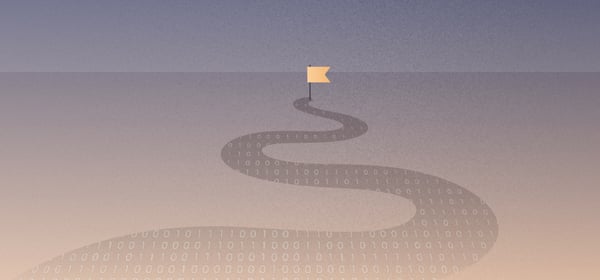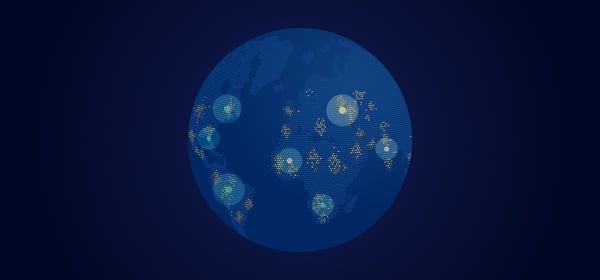
Oct 10, 2025
The 2025 installment of OSINT Live—our fourth year hosting the event—brought together investigators, analysts, and other practitioners from around the world to explore how open-source intelligence is evolving in scale, scope, and complexity.
Continue Reading






.jpg?width=600&name=Skopenow-OSINT-for-Supply-Chain-Protection-Blog-Image%20(2).jpg)
